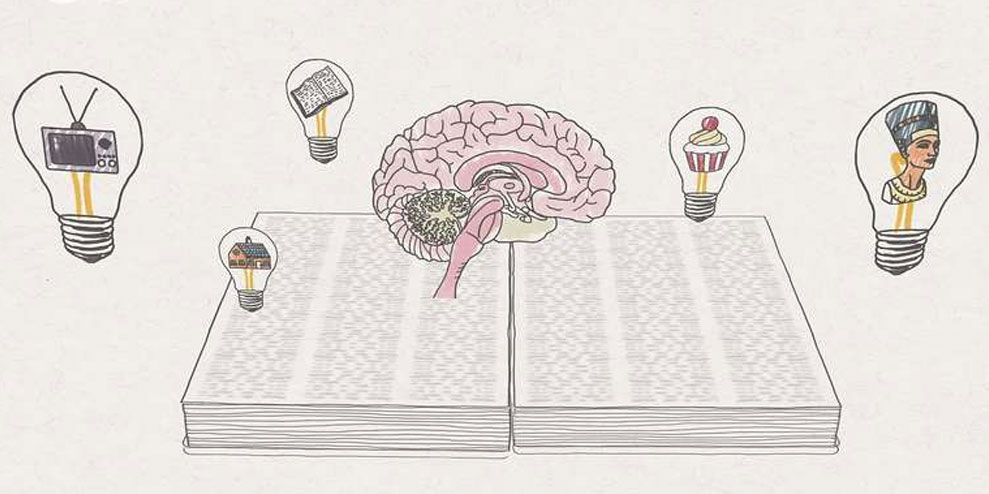Turns out, you should not leave your creatives alone.
According to a study published in Internati
For every 10% increase in motivational language, employees perceived their work environment to be 7% more creative.
For Skimmers
- The study found three types of motivational language that positively influenced team creativity: direction-giving language, empathetic language, and meaning-making language.
- Direction-giving language: “This is due by this Friday at 5 p.m. and should be focused on three concrete steps we can take to improve the quality of our Amazon reviews.”
- Empathetic language: “Feel free to get creative with those suggestions. We’re looking for big ideas, and you’ve done great with those in the past.”
- Meaning-making language: “Senior management is looking for one idea around which to build our new customer outreach program. Your ideas will lay the foundation for this project.”
Let’s dive into these categories a little deeper by imagining that your company has a pack of adorable corgis (like mine) running around your office (bear with me, I know it is highly distracting to imagine dozens of the world’s cutest dogs frolicking).
Direction-giving language
Direction-giving language provides employees with clear and actionable information on project deadlines and expectations. It allows employees to spend their energy innovating within the guidelines provided, rather than trying to nail down unclear project parameters.
For example, “I need a one-page action-plan of the corgi problem that I can bring to Janice” instead of “I need something written on those cute corgis running amok that I can bring to Janice.”
Empathetic language
Empathetic language strengthens emotional bonds within the team. As the study authors explained, “being creative involves psychological risk and can be daunting in a work setting. People who are trying new things need leaders to communicate their emotional support.”
Empathetic language is about making your team feel comfortable and supported enough to innovate; it’s a lot easier to try walking on a tightrope when you know there’s a net below. Reassurance (“Don’t be afraid to think out of the box, you’re smarter than those cute pups”) and praise (“You’re one of our go-to innovators. That doghouse baited with a chew stick worked like a charm”) are two great ways to forge an empathetic connection.
Meaning-making language
Meaning-making language helps individual team members understand how their contribution connects with the goals of the organization. Individuals are more likely to make creative contributions if they can understand how their creativity will propel the success of the broader team.
Humans are tribal animals. Effective leaders help team members understand how their work dovetails with the work of the tribe. “Get this corgi whitepaper done,” will never encourage creative thinking as much as “Having a corgi whitepaper done will help us get back to being focused on our mission.”
Corgi Problem Solved
Taken together, these three types of motivation can be a powerful force for creativity and collaboration.
We may think creatives of solo practitioners, but the science shows that you can enhance their output through intentional language.
–
Seeking to build and grow your brand using the force of consumer insight, strategic foresight, creative disruption and technology prowess? Talk to us at +971 50 6254340 or mail: engage@groupisd.com or visit www.groupisd.com/story

